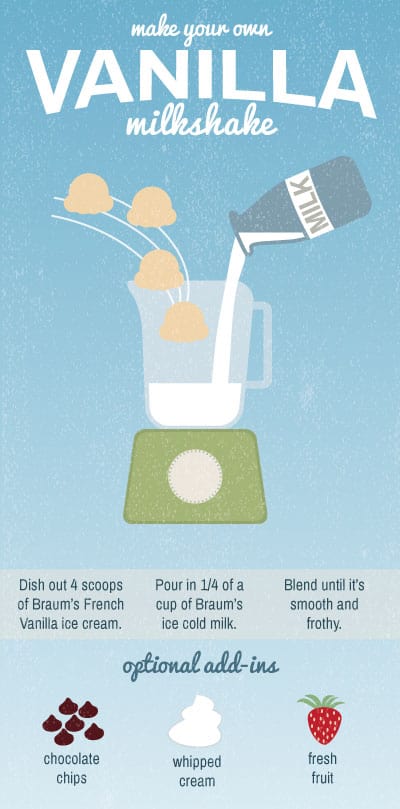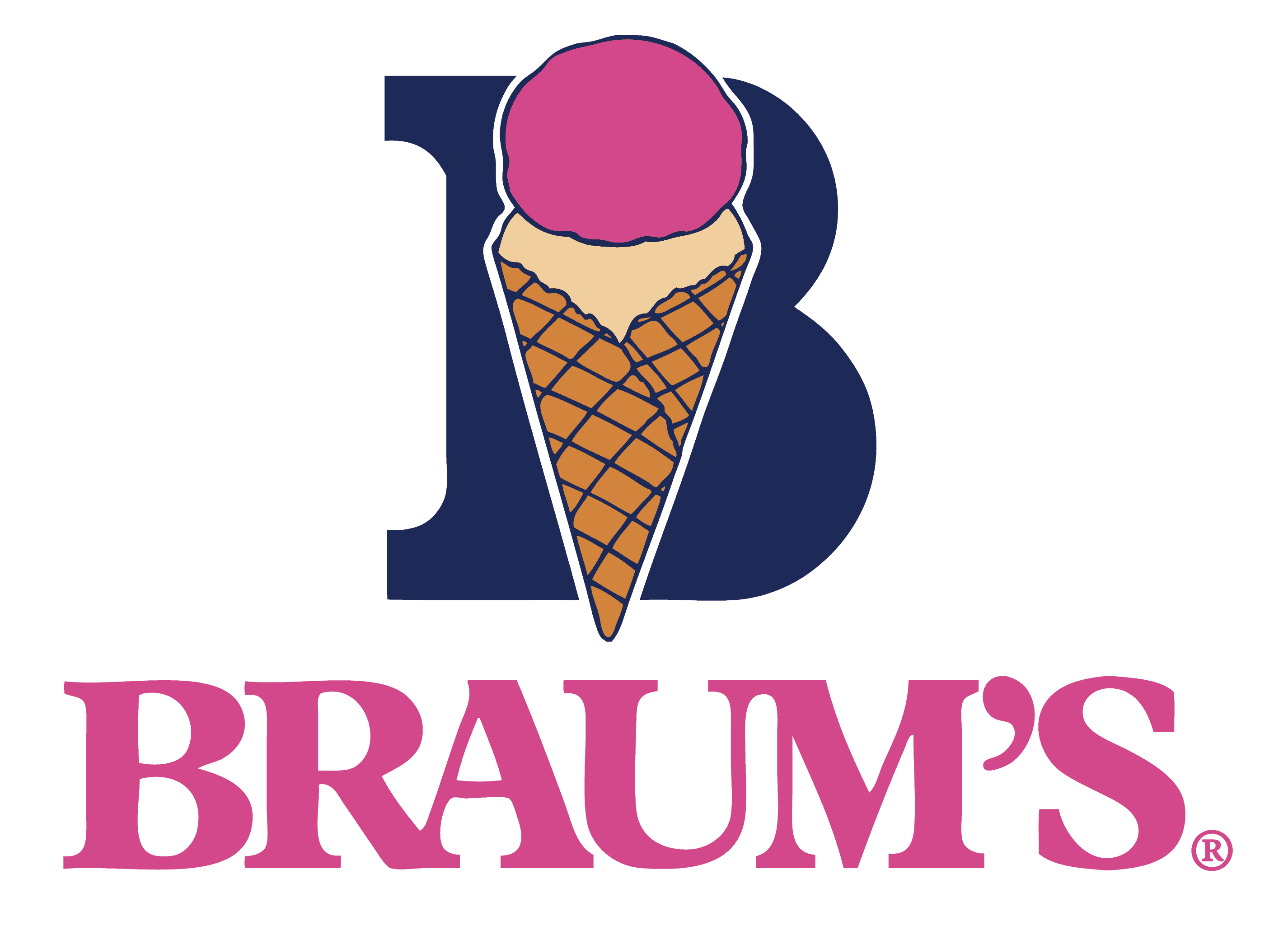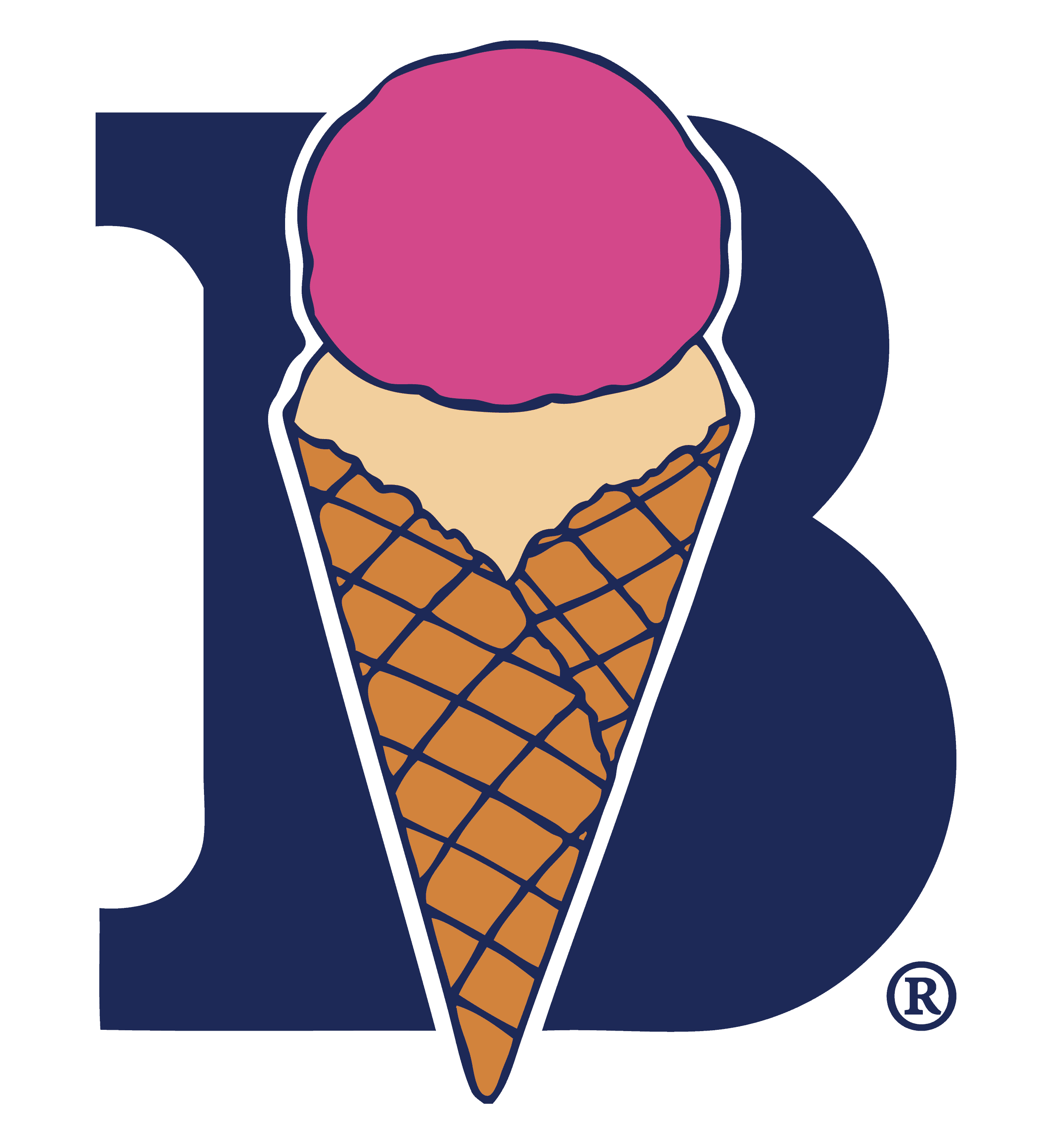There’s nothing “vanilla” about vanilla.
As a flavor, vanilla is consumed all over the world as a flavor additive (in ice cream and custard, for example), as an extract (in cookies), and for the beans (for your delicious Vanilla Latte).
The flavor may only be one-third of the ice cream “power trio” of chocolate, strawberry, and vanilla, but it’s the most popular flavor in the world by far. But it’s also been termed “the default” flavor by many. That’s hardly fair, as we’ll learn below.
Why vanilla gets a bad rap

How vanilla became synonymous with “average” is a story that goes way back to the 15th century.
It was the Spanish who brought vanilla back to Europe with them in the 15th century after explorer Hernando Cortes bobbed around the seas stopping off at various islands in what is now Central and South America. Cortes was pretty fond of vanilla and his benefactor, the King of Spain, was delighted by it too. Mostly his taste buds were delighted, and very soon it was a popular flavor in Spain and throughout Europe.
But how did it get to be labeled “plain”?
The short story: vanilla is extremely stable, so chefs used it as a base ingredient in many concoctions and dishes. Later, when the masses began to consume vanilla (as it became cheaper), they added other things to it, like nuts, berries, and jellies and jams. (Yum). As a result, vanilla was seen as “boring” — something that was lacking unless you added other items to it.
That sentiment has survived to this day, though recent trends have helped squash it a bit. The explosive popularity of yogurt as a commercial food item, which started in the 1960s, has helped foster vanilla as a flavor that can stand on its own legs. The beans are extremely popular today because of the coffee industry and the prominence of vanilla flavored coffee.
Ironically, though vanilla still gets tagged with the “bland” label, the ground product of the bean is one of the most expensive spices in the world. Only saffron draws a higher price on the open market.
The early history of vanilla
Vanilla is the only fruit-bearing member of the orchid family. Vanilla has its roots (quite literally) in Mexico: as far back as the 12th century (by some accounts), the vanilla plant was grown in that arid region and the orchids of the plant were cultivated for their flavor. The vanilla bean is the seed of the orchid, which grows like a vine up the trunk of trees or sticks.
According to Patricia Rain, author of “Vanilla: The Cultural History of the World’s Favorite Flavor and Fragrance”, the Totonac people, who lived in the eastern coastal and mountain regions of Mexico, were the first to cultivate the plant. Apparently the diet of the Totonacs consisted of a lot of armadillo, shark, and turtle — so a sweet vanilla treat was welcome.
Sadly for the Totonacs, they were conquered by the Aztecs in the 15th century after a bloody invasion. The Aztecs were a hearty bunch and they soon developed a sweet tooth which was fed by the vanilla pods (and vanilla “beans”). Cortes later took the plant with him to Europe but it was in a dried state, because he didn’t know how to grow it. He and his Spanish countrymen called it “vainilla” or “little pod.”
For years, attempts to cultivate vanilla outside of its native region in Central America were unsuccessful because the plant required a specific bee to pollinate it. That bee, the Melipona bee, was pretty darn special. But in the 19th century a Belgian botanist developed a process for artificial pollination, which doesn’t sound like nearly as much fun.
Taking vanilla around the globe
By the 19th century the vast majority of vanilla on the world market was being grown and produced outside of Mexico. The island of Madagascar became a prominent producer of vanilla and still is today. Indonesia was recognized as a perfect climate for the plant. Vanilla should be grown within ten to twenty degrees of the equator, but most of the crop is grown in the islands of Indonesia, Madagascar, and South and Central America.
In the late 19th century vanilla got a real boost. In 1886 a pharmacist named John Pemberton concocted a syrup he added to fountain water for the purpose of “defeating thirst” and “providing a refreshing feeling“. Thus, Coca-Cola was born in Atlanta, Georgia. A main ingredient of the drink was vanilla, and it remains so today. The success of Coca-Cola helped fuel a steady increase in the growth of vanilla plants.
With the increase in leisure time as a result of the industrial revolution, ice cream consumption soared and people wanted a flavor to spice it up. Vanilla was naturally the first choice. Ironically, global events such as World War I and World War II helped spread the popularity of vanilla ice cream and Vanilla Coke as these items were taken with the soldiers across the world. Presidents Abraham Lincoln, Harry Truman and Dwight Eisenhower were big fans of vanilla ice cream, and Winston Churchill was especially fond of Vanilla Coca-Cola.
The vanilla pod is picked before they ripen and immediately immersed in hot water. After the water helps loosen the pods, they are dried for a long time — usually two to six months.
Today, more than 95% of vanilla on the market is artificial vanilla, flavored with vanillin. At Braum’s we use real vanilla beans in our ice cream and other ice cream-based menu items. We have too much respect for vanilla to do otherwise.
Looking to make your own vanilla milkshake? We have the perfect recipe.



